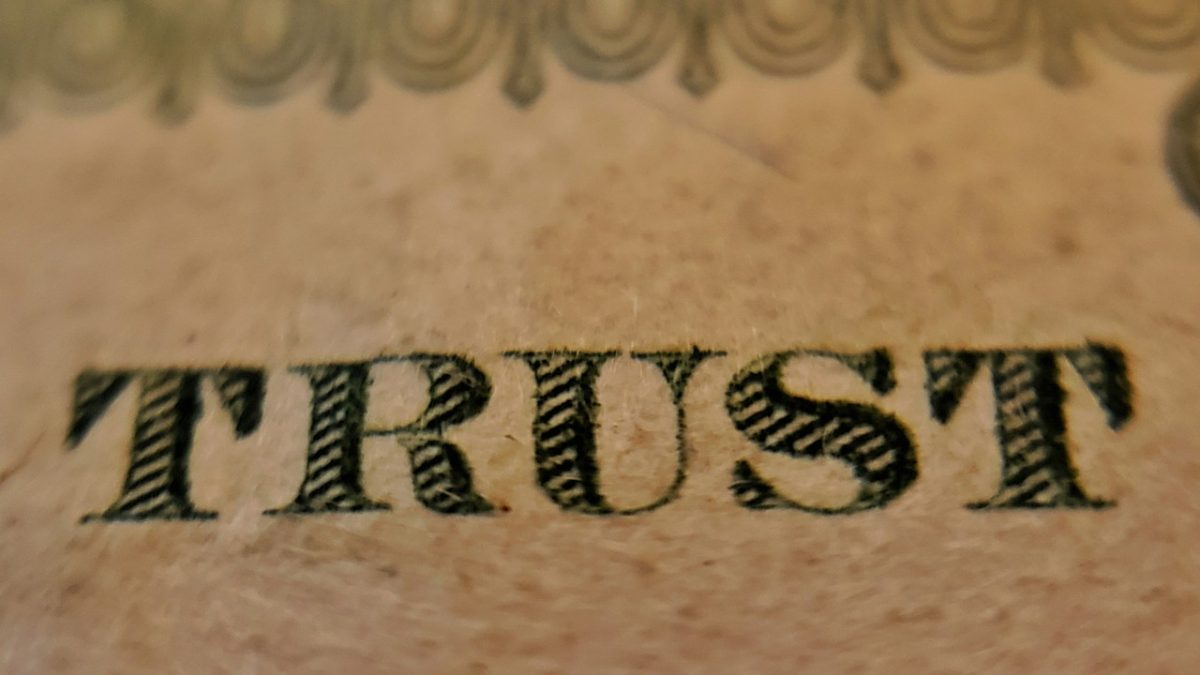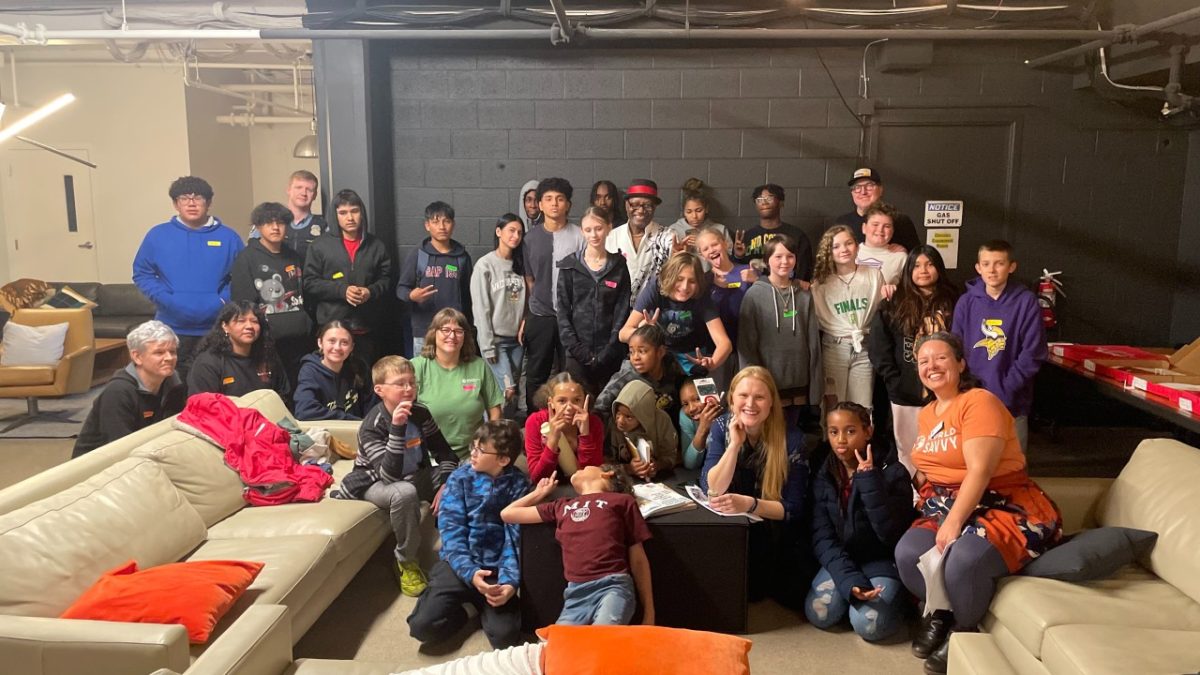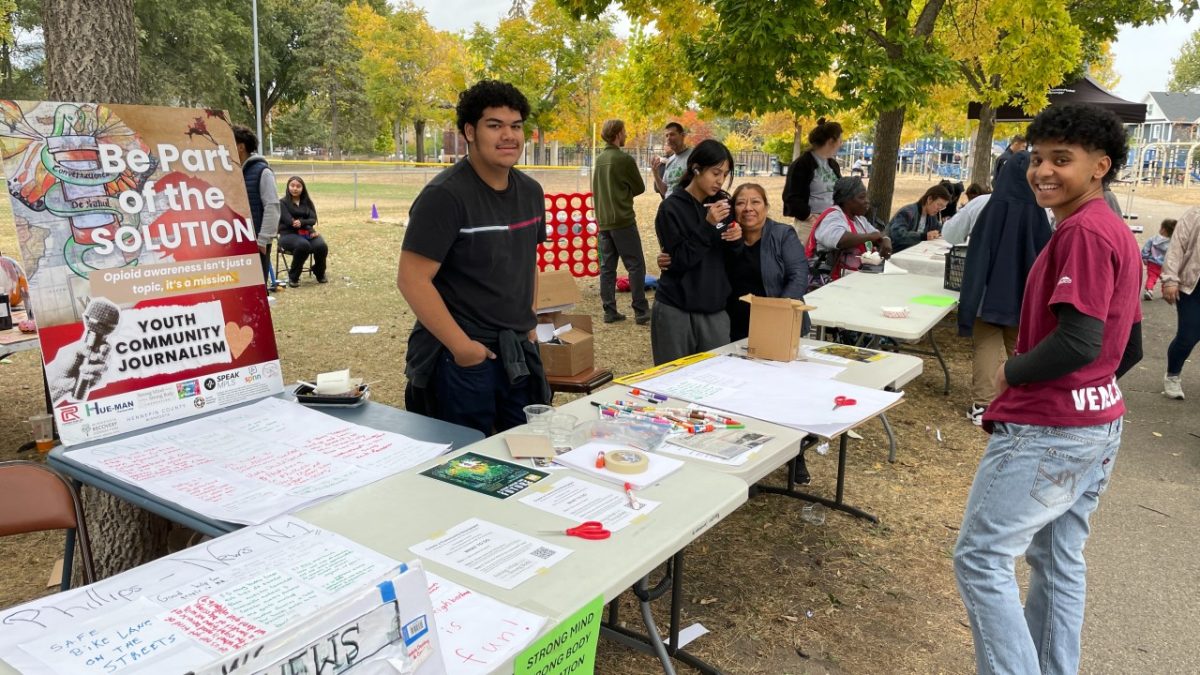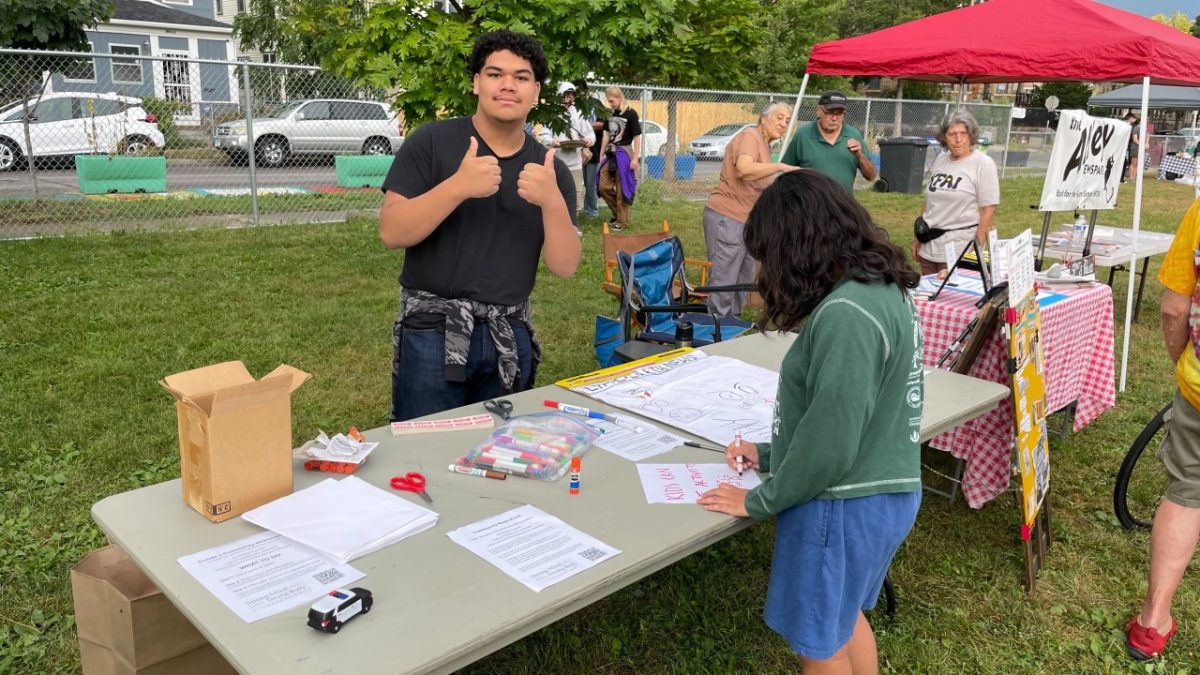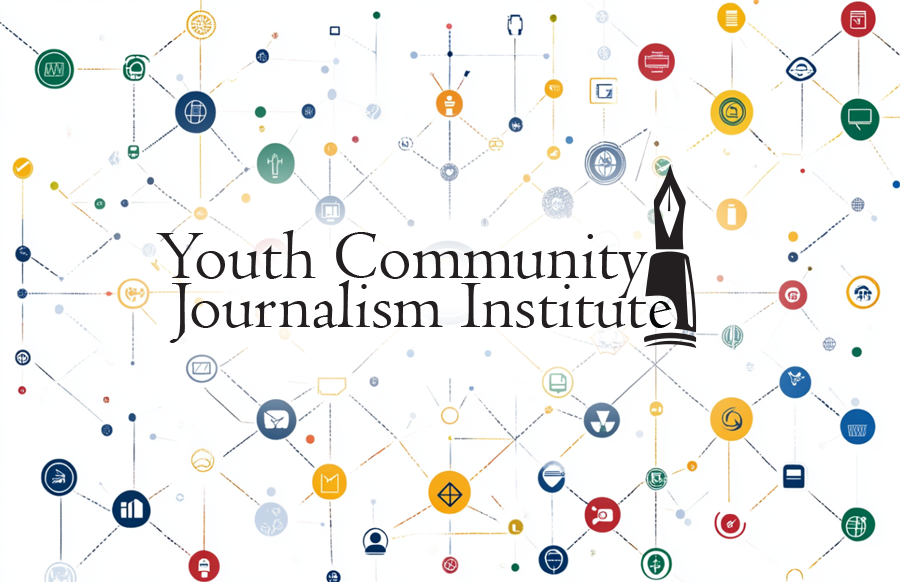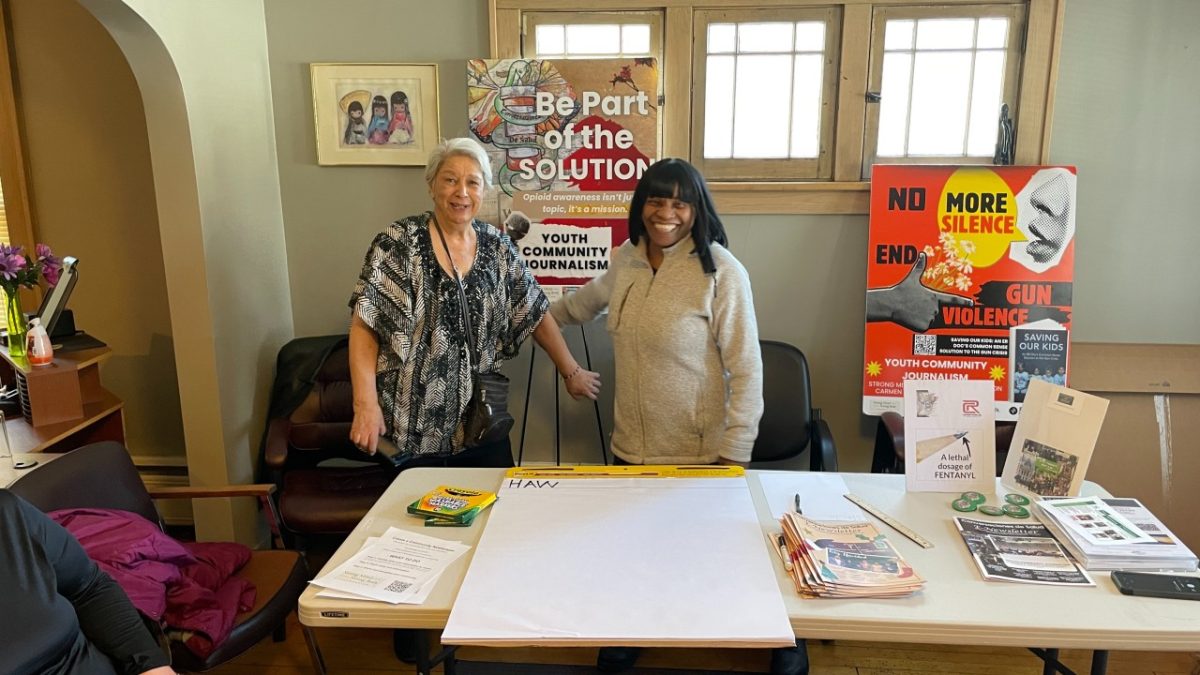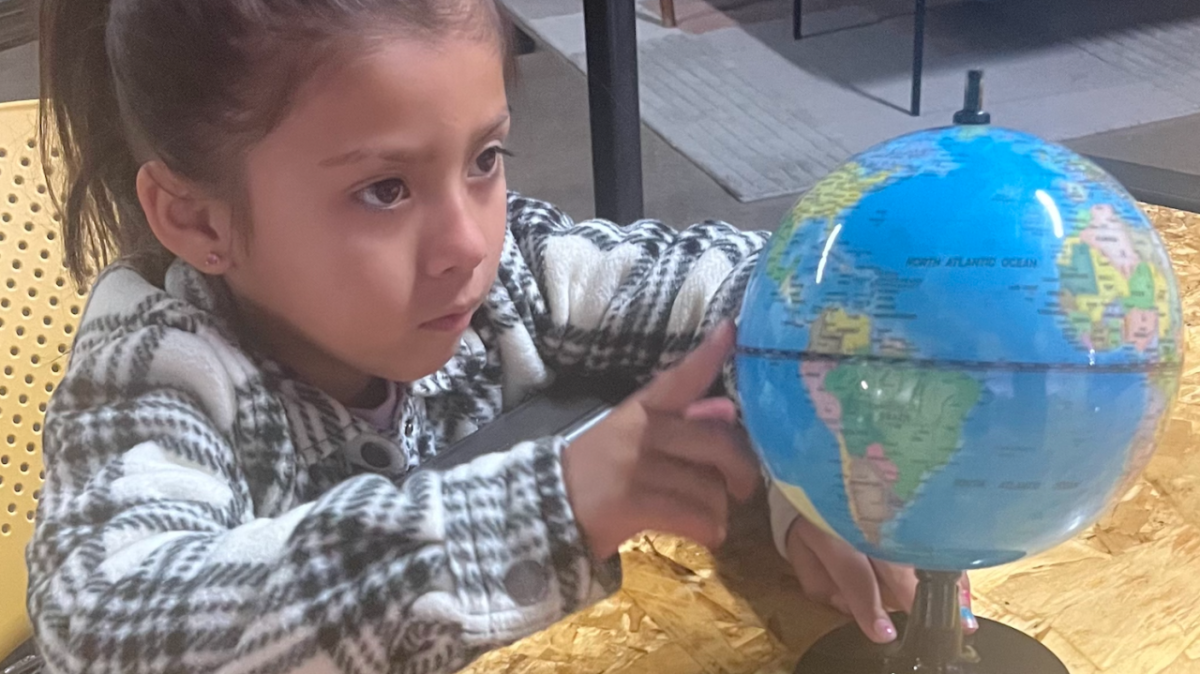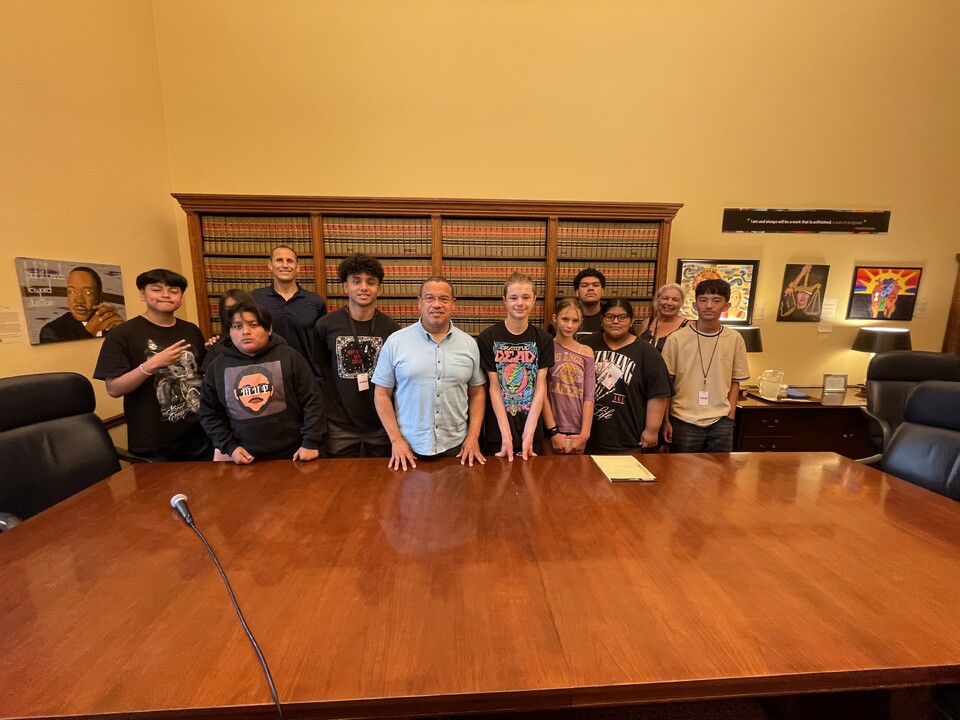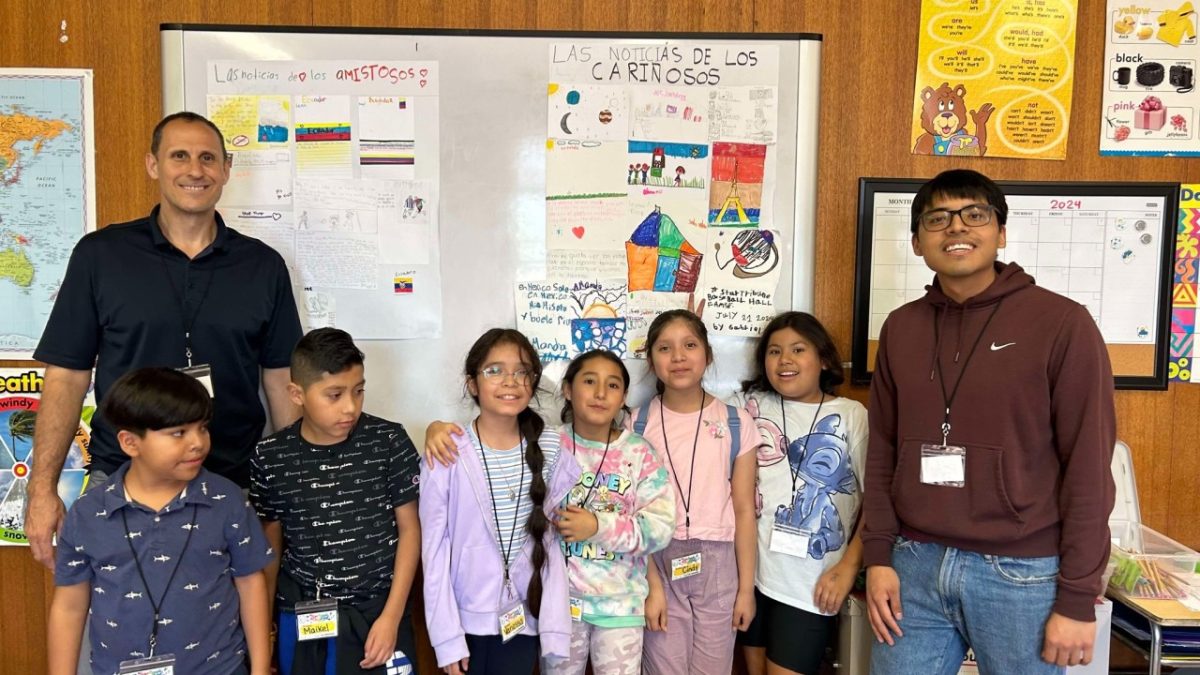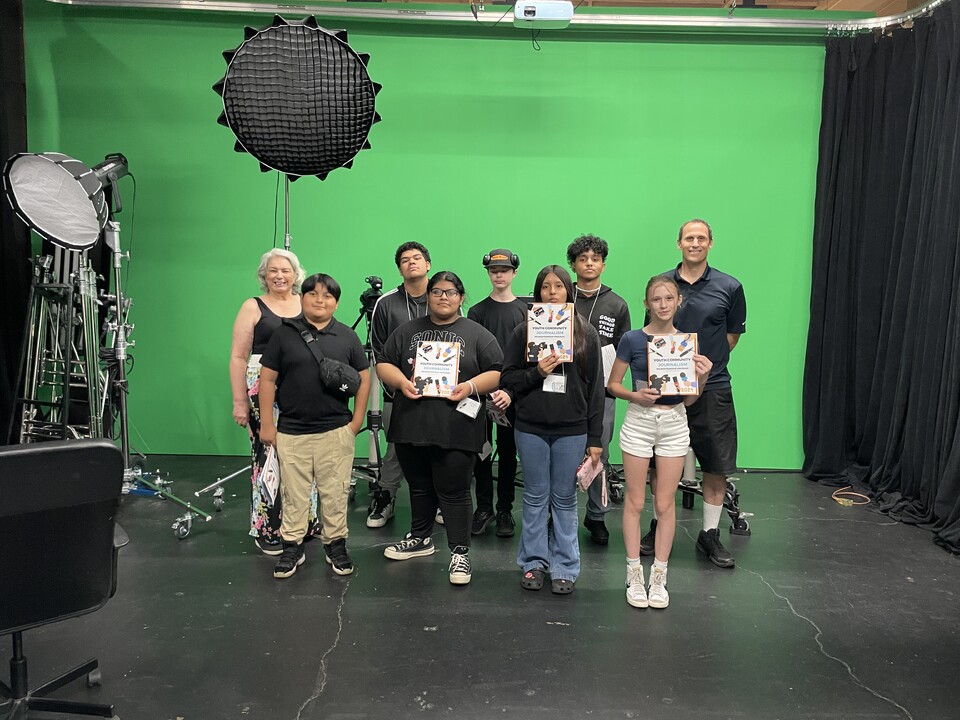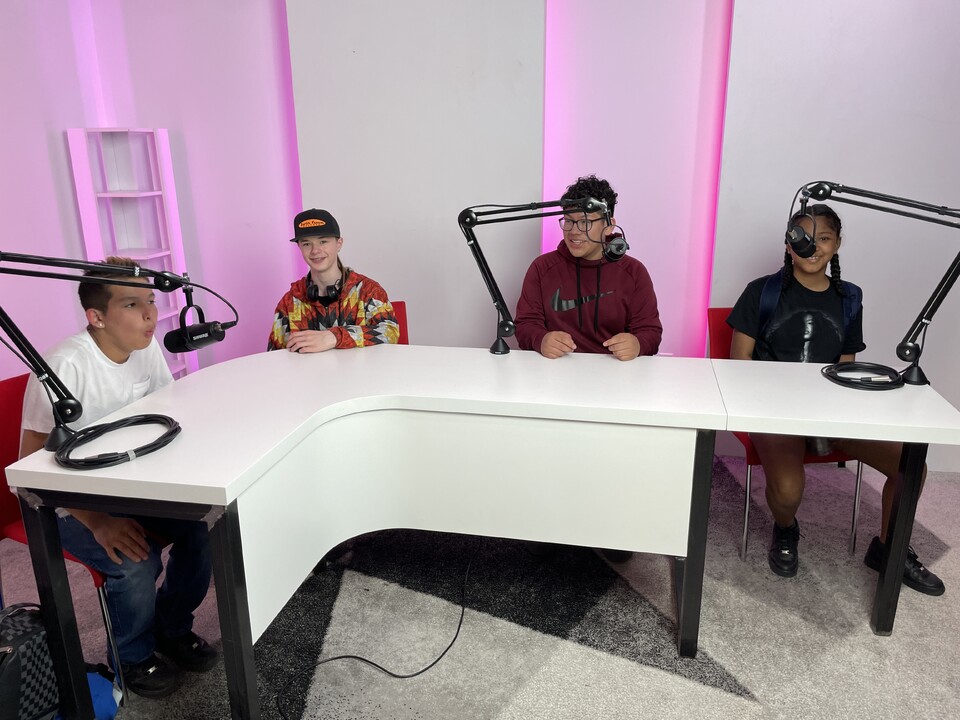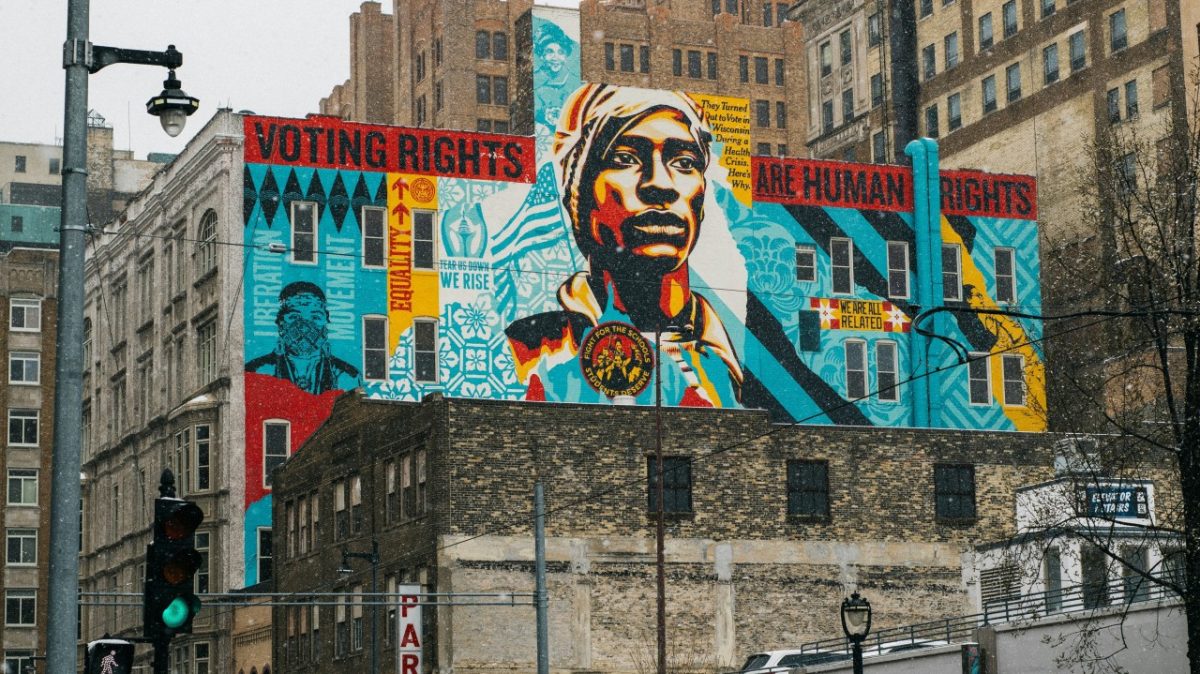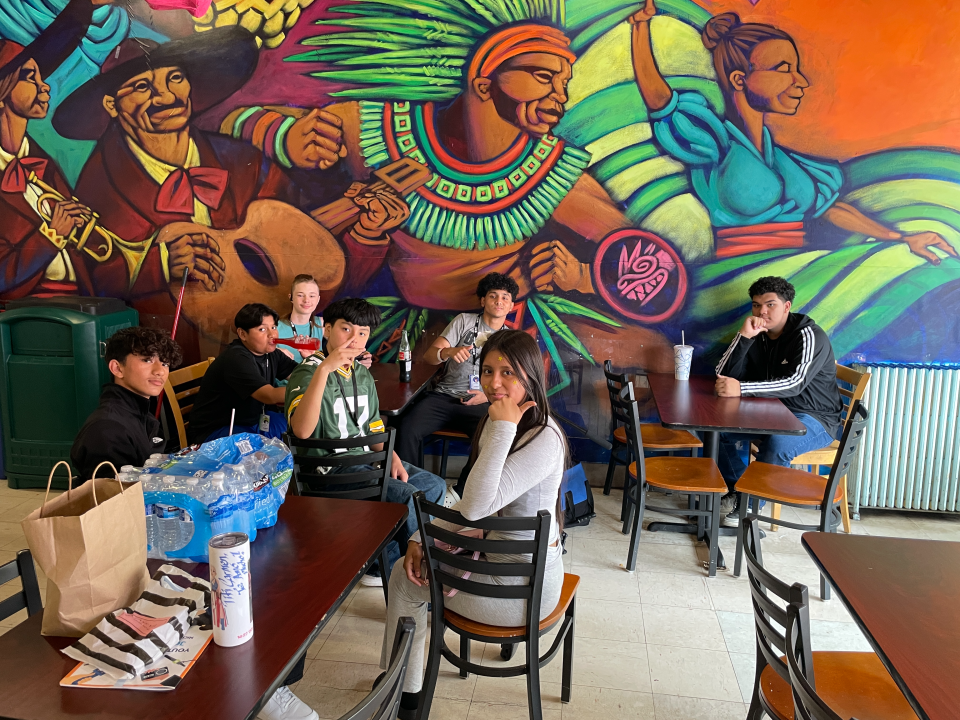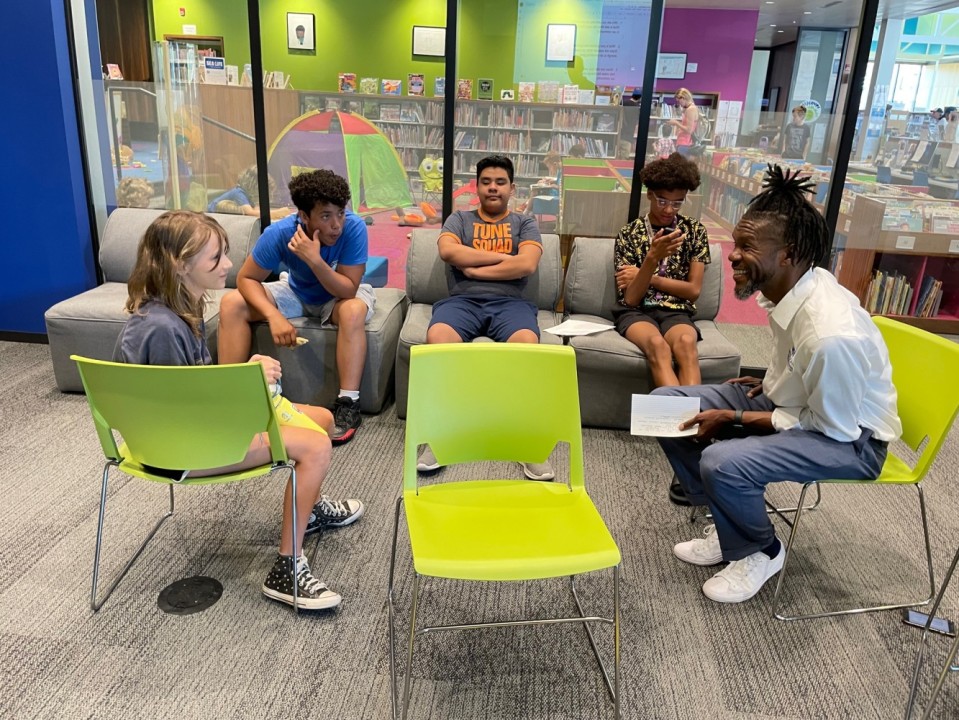Verification is the core principle of journalism, and it can be summed up in a few words with an old journalism newsroom mantra.
“If your mother says she loves you, check it out.”
This classic journalism saying is a humorous but serious reminder of the core principle: Don’t assume anything. Verify everything. No matter how trustworthy a source might seem.
Even if something appears obvious or comes from a seemingly reliable person, a good journalist should always seek corroboration before reporting it as fact.
The phrase “If your mother says she loves you, check it out” is believed to have originated in the newsroom of the City News Bureau of Chicago (CNB), a legendary training ground for journalists from 1890 to 2005.
The exact date and author of the phrase are unclear, but it is often credited to editor Edward H. Eulenberg, a tough newsman who mentored young reporters at CNB. The saying became a fundamental lesson in journalistic skepticism and fact-checking, reflecting the bureau’s emphasis on thorough reporting.
The City News Bureau was known for training some of the best investigative reporters in the country, and many famous journalists, including Mike Royko, Seymour Hersh, and Len O’Connor, passed through its ranks. The phrase embodies the rigorous standards the bureau instilled in its reporters. Never take anything at face value, always verify with multiple sources.
One graduate was Kurt Vonnegut, who worked there in the late 1940s immediately after World War II.
“I’m very proud I worked there,” Vonnegut said. “It was like being a soldier.”
CNB closed its doors in 2005, but the saying continues to be passed down in journalism schools and newsrooms as a guiding principle of good reporting.
These days, everyone should approach all media with a degree of skepticism and awareness, or skeptical awareness.
We live in a digital world where information moves at the click of a button.
But not everything you see is true.
Now more than ever, we need to equip individuals with the tools to critically assess information they encounter online, on TV, in print, and across social media.
Media literacy can provide the tools and skills everyone needs to be confident and competent media consumers and producers.
This is especially important for youth, underserved communities, and new media consumers.
By promoting media literacy, fact-checking, and critical thinking, we can combat misinformation and empower people to make informed decisions.
Information is power.
Media literacy unlocks that power.
Media literacy skills give us the ability to know how to evaluate information, ask critical questions, and avoid manipulation.
These are some of those questions to ask when consuming media:
✅ Who made this?
✅ For what purpose?
✅ Is the information credible?
When we know how media content is created, the intentions behind it, and the techniques used to craft it, we can identify biases, detect misinformation, and evaluate the credibility of sources. We can understand how media shapes perceptions, behaviors, and culture. We can create media content thoughtfully and ethically, contributing positively to the media landscape.
With media literacy skills, anyone can:
1️⃣ Determine the credibility of news and information.
2️⃣ Recognize the standards of fact-based journalism.
3️⃣ Know what media to trust, share, and act on.
4️⃣ Know how media messages are constructed.
5️⃣ Recognize the influence of media on society.
6️⃣ Be critical consumers and responsible creators.
Media literacy can help us know what and who to trust and should be part of a 21st-century education beginning in kindergarten.
Media literacy empowers us to become discerning consumers and ethical producers of media, contributing to a more informed and just world.
In other words, media literacy gives us superpowers.
The Trust Project, led by founder and award-winning journalist Sally Lehrman, has developed eight trust indicators to promote transparency about journalists and content. The indicators are based on what people look for in trusted media.
✅ Best practices. Who funds this operation? Mission, standards, ethics.
✅ Journalist expertise. Who made this? Contact info, credentials.
✅ Labels. What is this story? News, opinion, analysis, paid content, partisan.
✅ References. What are the sources? Eyewitnesses, documents, details.
✅ Methods. How was the story built? Reporting, process, people, research.
✅ Locally sourced. Do they know the community? Local knowledge, on site.
✅ Diverse voices. Who’s in the news? Full perspectives, no stereotypes.
✅ Actionable feedback. Do they listen to us? Comments, corrections.
The key to being a good journalist is the same key to being a good media consumer today.
Ask questions. Lots of questions.
Does this media value honest, independent reporting?
What is their mission and priorities?
Are their journalism credentials available?
Do they have a good professional reputation?
Is the story impartial?
Does the story have an opinion?
Is the story partisan, sponsored, or advertising?
Is the purpose of the story shown?
Do they provide sources for claims?
Do they give details so we can check sources ourselves?
Do other sources back up claims?
How much reporting was done?
What methods were used?
Who else was involved?
Was reporting done with deep local/community knowledge?
Were journalists on the scene?
Did they make an effort to listen to the community?
Does the newsroom bring in diverse perspectives?
Are communities represented accurately with cultural competence?
Is the whole story being told? What’s missing?
Do they invite public participation and ask for feedback?
Do they correct errors?
Media manipulation in the United States is not new. The rich and powerful have been using the press to promote their interests since the American Revolution.
We have an opportunity to address the uncomfortable truths about American journalism and create a better way forward.
Remember: Approach all media with skeptical awareness.
Don’t let your emotions take over.
Most vulnerable to being manipulated when emotional.
Do your own research.
Look at comments. Has anybody done a fact-check or credibly challenged findings?
Search whether other news outlets have covered the story.
Find the original source of an item.
Ask a person who shared a post for evidence supporting claim.
Ask yourself if it seems too good to be true.
Don’t need to take all these steps.
Doing any of them will be beneficial.
By being informed media consumers, we can combat misinformation, ensure good journalism, and escape junk news.
The goals for a healthy media ecosystem are simple.
Maintain journalistic integrity.
Be accurate, deliberate in coverage.
Provide facts, get the story right, and call out lies.
Don’t chase sensational narratives, headlines.
Promote transparency and label misleading content.
Have policies against fake accounts, bad actors, bots.
Engage trusted community leaders and trusted messengers.
Collaborate with local organizations and spread accurate information.
Hold people accountable and take legal measures.
Create spaces for informed dialogue and debate.
Promote accurate, well-researched information.
Present positive, fact-based narratives.
Think before sharing.
Repeat: We can escape junk news and information.
Evidence — Do the facts hold up? Can information (documents, names, dates, etc.) be verified from separate, outside sources?
Source — Who is behind the publication? “About” section, contact information, phone, generic email, author? Staff on social, other bylines? Staff pictures, real humans or AI-generated? (Real news outlets have been caught with fake writers.)
Context — Is it real information, not just what happened, and when? On-ground reporting? What should be in the story if it’s real?
Audience — Is the story written for a person or a kind of person? Does the language/images appeal to political, ideological, or cultural belief?
Purpose — Why it made? What is the motivation of the person or group? Make money, political goals, agenda? Obvious or subtle?
Execution — How is information presented? Professional or sloppy/filled with errors?
Good journalism is reliable, ethical, and trustworthy.
Good journalism can create change.
Good journalism is needed more than ever.
We all have a part to play in our media ecosystem. Engage responsibly.
- Verify.
- Be aware of bias.
- Fact-check.
- Question.
- Seek diverse perspectives.
- Look at quality, not popularity.
- Pause/evaluate before sharing.
- Use media literacy tools.
- Seek in-depth, nuanced reporting.
- Engage in good journalism.
- Watch for old stories.
- Avoid amplifying misinformation.
By applying these strategies, we can engage critically with media wherever we encounter it, support ethical journalism, and help reduce the spread of misinformation. We can navigate bias, make informed choices, and promote lifelong learning.
Think before you believe. When you see media nowadays, ask yourself:
✅ Who created this media?
✅ Are they trustworthy?
✅ What creative techniques are being used to attract attention?
✅ How might other people understand this message differently from me?
✅ What lifestyles, values and points of view are represented in, or omitted from, this media?
✅ Why is this being published, broadcast, or shared?
Our world is flooded with false or misleading information spread intentionally (disinformation) or unintentionally (misinformation). Media literacy helps people identify credible sources, fact-check claims, and recognize manipulation tactics used in propaganda, fake news, and clickbait.
A well-informed public is essential for a functioning society. Media literacy ensures people can analyze political messages, detect bias, and make educated voting decisions. It prevents the spread of lies and polarizing narratives that can weaken democratic institutions.
Every media outlet has some degree of bias. Media literacy teaches people to question framing, source credibility, and the intent behind a message. It helps individuals spot manipulative tactics in advertising, political campaigns, and corporate messaging.
With AI-generated content, deepfakes, and algorithm-driven feeds, critical thinking is more important than ever. Media literacy helps people navigate echo chambers, avoid falling for emotional manipulation, and make informed choices.
Media literacy can empower youth and future generations. Young people consume massive amounts of digital content, from TikTok to YouTube to social media news feeds. Teaching media literacy helps them become responsible consumers and creators, understanding the difference between opinion, fact, and misinformation.
Media literacy encourages responsible sharing of information and fosters respectful online discourse, reducing the impact of hate speech and cyberbullying. Media influences cultural norms, perceptions of different communities, and public opinion.
By understanding how media works, people can challenge stereotypes, demand more accurate representation, and engage in media creation themselves.
Media literacy isn’t just about consuming media. It’s about questioning, analyzing, and engaging with media in a way that promotes truth, justice, and informed decision-making.
In a world where information is power, media literacy is the key to ensuring that power remains in the hands of the people. Not just the institutions that produce media.
